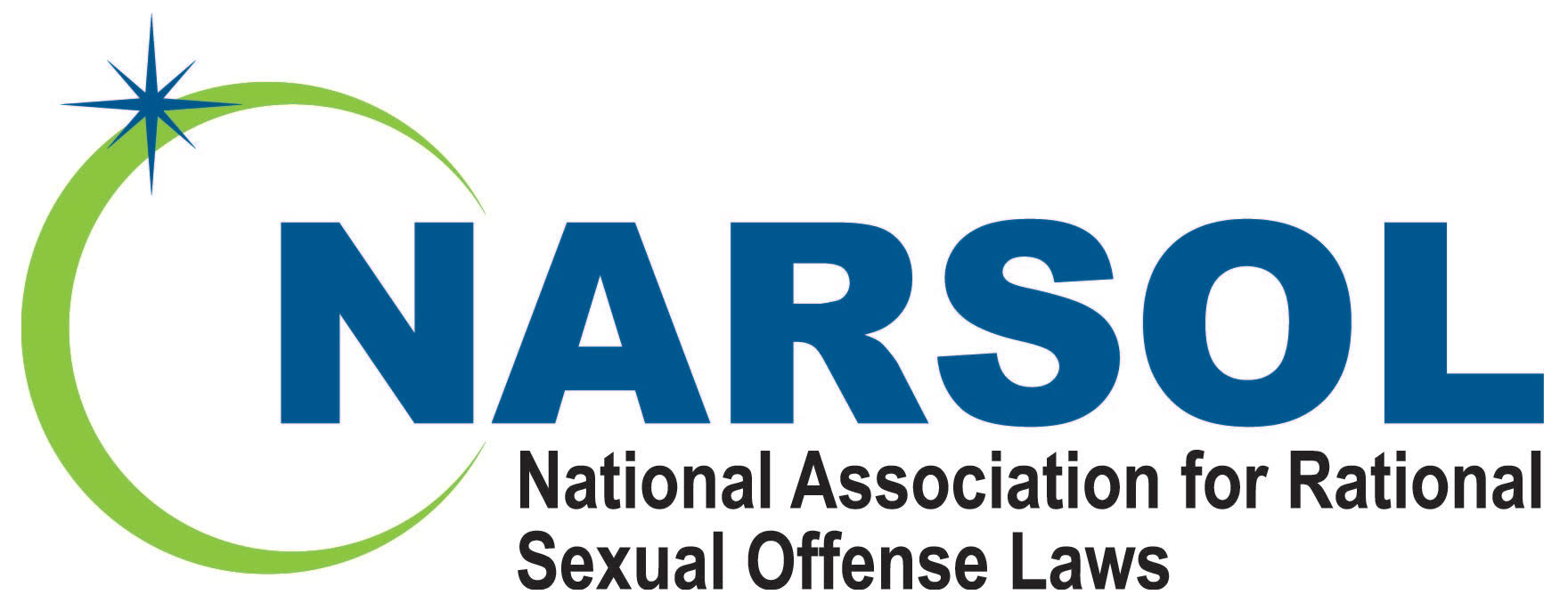If it saves one child
Originally published at corrections.com July 2, 2012
By “Shelly Stow” . . . It would be difficult today to find a person who had no idea what the sex offender registry is. It would be equally difficult to find someone with only a passing interest who didn’t feel that it is a good thing to have. It started in most states as a law enforcement tool identifying repeat, sexually violent child predators. It now has an estimated 700,000 names on it and encompasses acts as varied as consensual teen sex, taking and sending a photo of one’s own breasts, and rape. And even though many with much more than a passing interest, including most research studies and experts in the field, are pronouncing the shaming roster to be an ineffective tool in fighting sexual crime, the battle cry of its supporters still resounds whenever the subject comes up: “If it saves one child…!”
“If it saves one child….” Even though we cannot know if “it” has, that statement is responsible for the abuse and even death of many children.
There is no actual evidence that the registry has saved even one child; however, we do know that many, many thousands have had their lives made a living hell because of it. These are the children of those on the registry, some of whom committed violent crimes, but many, even most, who did not. All on the registry, with their families, are subject to the whims of local and state restrictions including, but by no means limited to, severe restrictions on where they may live; denial of access to libraries, parks and beaches with their children; and restrictions barring the registered parent from often even being within a 1000 feet of the school his child attends. Very recently a woman took the picture of a registrant that she printed from the Internet to the school where the registrant’s five-year-old son was a kindergarten student; she showed it around, warning children about this man. His little boy stood and cried. The registry doesn’t differentiate. It doesn’t make it clear to people who threaten, harass, and do physical violence to registrants, their property, and their families whether daddy raped someone or whether he had sex with mommy before they were married when she was a year too young or whether he looked at an illegal image on a computer or whether he was innocent and falsely accused. And, sadly, most don’t really care. The perception is that everyone on the registry has committed a serious crime and that most if not all offended against children. And if they have children of their own who are harmed, as so many have been and so many more will be, it is just collateral damage because the registry might—MIGHT—save one child.
“If it saves one child….” Children themselves are registrants on sex offender registries. Nine years old is apparently the youngest at which children have been put on the registry (Delaware; Michigan). Several states, including but not limited to Colorado, Delaware, Georgia, Kansas, Ohio, Michigan, and Texas, register children as sexual criminals at ages ten and eleven. By the time twelve is reached, it isn’t even a rarity. And the fifteen year old who is the child victim for having consensual sex with an eighteen year old partner becomes a predator and registered sex offender when his or her partner is fourteen. In Wisconsin last year a district attorney did everything he could, and bragged about it, to have a six year old prosecuted and targeted for sex offender registration for “playing doctor.”(1) Three year olds caught looking at and touching each other in a daycare bathroom were reported and investigated for “sexual fondling”(source no longer available). Some of these children, after several years of being on the registry and treated as monsters, have committed suicide. The registry didn’t save any of these children; it destroyed them.
“If it saves one child….” Children do need saving. According to the Justice Dept. and the CMEC, many thousands are sexually abused and molested every year. We pour everything into the registry, millions of dollars and uncountable hours. State after state has voiced complaints about the cost of keeping up with the ever-increasing expenses and strain on limited manpower hours to satisfy the requirements of the registry. The federal government, knowing this, has offered huge financial incentives to states to bring them into federal registry compliance. However, this is futile; the registry is not the answer. Children aren’t sexually abused and molested by nameless, faceless people on the registry. They are abused and molested by their family members and acquaintances, by those they know and trust and love, by those they see and interact with on a daily basis, often by those they live with. By the most conservative estimates, this is true for 94 out of every 100 children who are molested. The latest figures from the Justice Department’s Bureau of Juvenile Justice show these startling facts: for sexual crime against a child six or under, 58.7% is committed by family members, 39.7% by family acquaintances, and 1.8% by strangers; the registered sex offenders who are in that stranger pool are so few that it is virtually incalculable. As the age of the child increases, the figures alter, but only a little. The risk to children ages 12-17 is 94.3% from family and acquaintances, 5.7% from strangers, and, again, the percentage of registered offenders in the stranger pool is minuscule. Keeping the focus on those on the registry keeps us from dealing with these facts. It keeps us looking in another direction, and it leaves us nothing in the way of resources with which to deal with it.
“If it saves one child,” isn’t good enough. Thousands, hundreds of thousands, need saving. When and how and with what will we save them?

